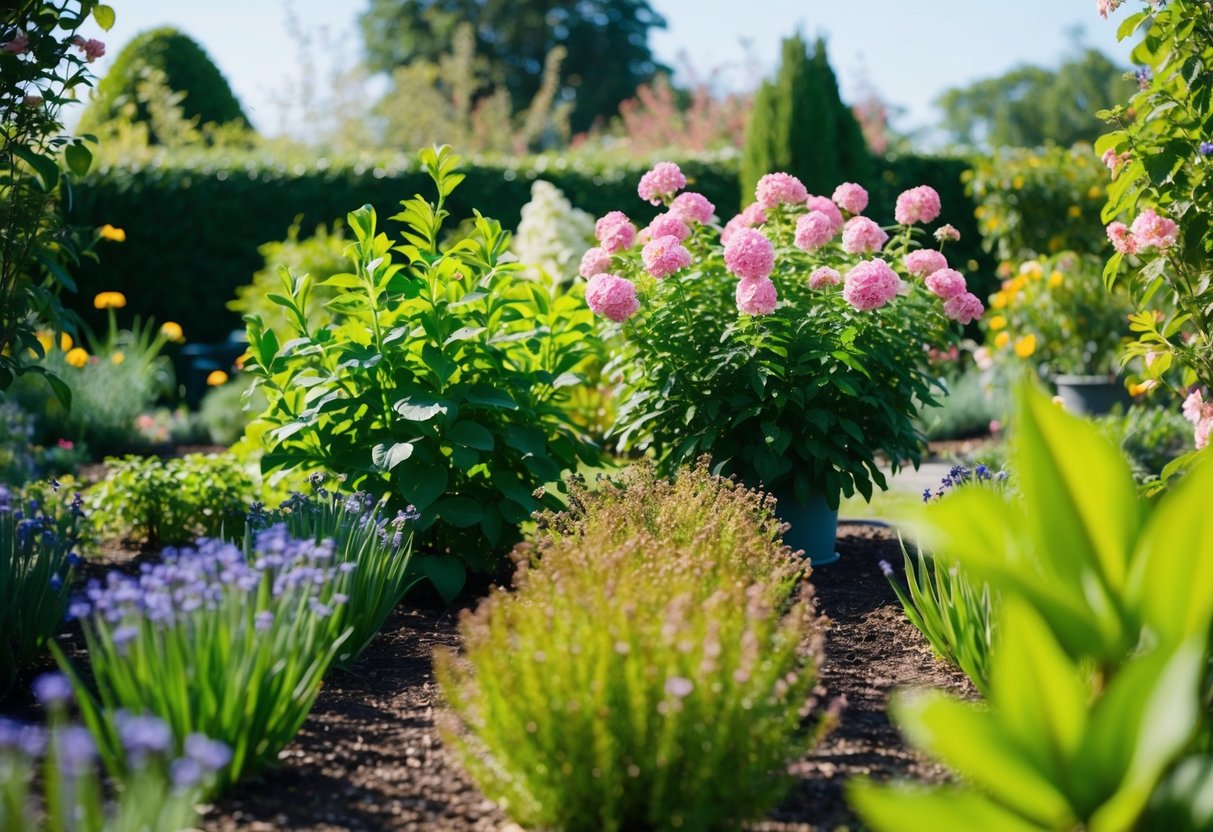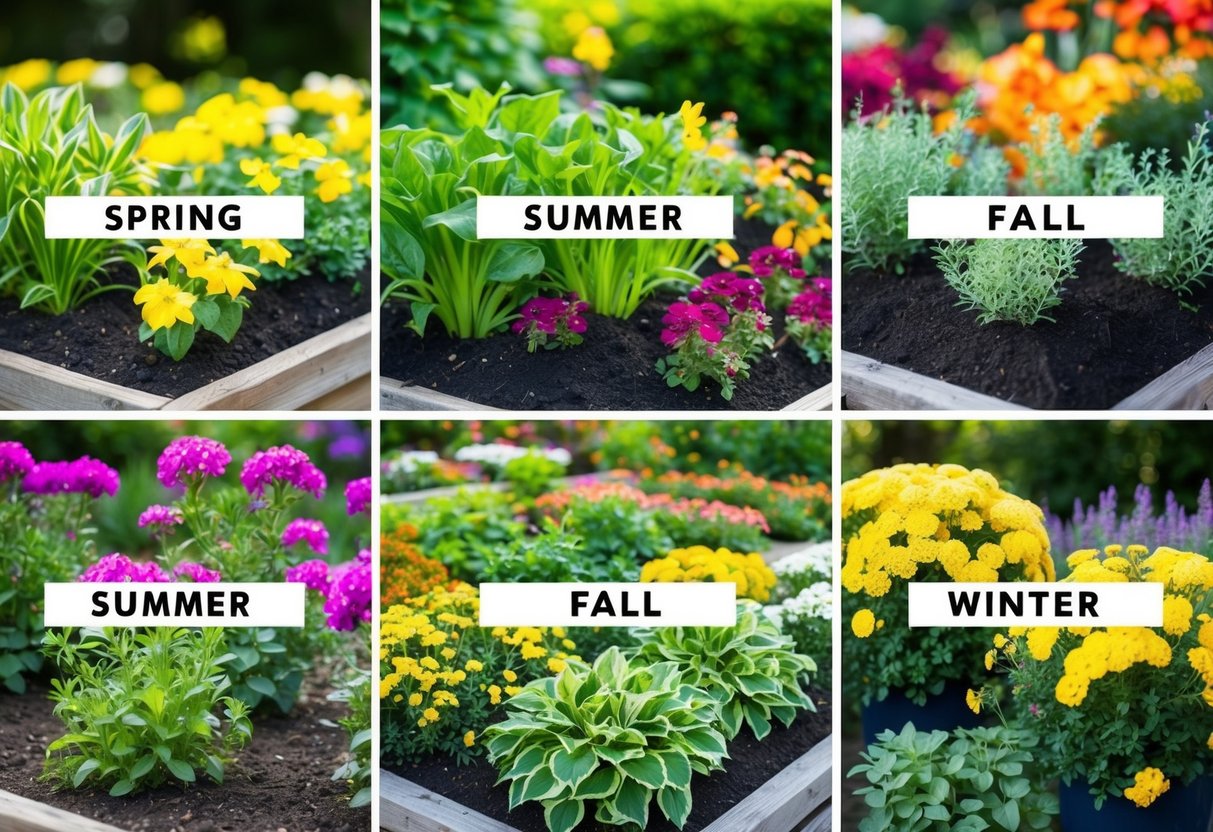
Selecting Plants for a Spring Garden
Choosing the right plants for a spring garden involves selecting those that are compatible with the climate and soil conditions. Hardy annuals such as pansies and snapdragons can be planted early for instant color. Bulbs like tulips and daffodils, planted the previous fall, will start to bloom, adding vibrant hues to the landscape.
Perennial shrubs and trees can be pruned in early spring. This timing encourages robust growth and shapes plants into their desired forms. Gardeners should also consider vegetables like lettuce, spinach, and radishes, which thrive in cooler temperatures and can be sown early.
Planning is key in selecting a mix of flowering plants and edible crops. This ensures biodiversity and provides visual interest. By creating a well-planned garden, spring gardeners reap the benefits of seasonal blooms and a bountiful harvest.
Optimal Planting Techniques

Optimal planting techniques vary throughout the year, requiring careful timing and methods to ensure success. Seed starting indoors and transplanting outdoors are crucial steps, while understanding seasonal planting helps guide what to plant when for best results.
Seed Starting and Transplanting
Using the right techniques for seed starting can greatly influence the health and growth of plants. Selecting high-quality seeds and using a sterile growing medium are essential. Many gardeners start seeds indoors in late winter to get a jump on the growing season. This approach allows time for seedlings to harden off before moving them outdoors.
Transplanting should be done with care to minimize stress on young plants. It’s critical to water the seedlings well before transplanting and choose a cool, cloudy day to reduce stress. The hole for transplanting should be large enough to accommodate the root system without crowding. Properly spacing plants is also important to ensure adequate air circulation and root development.
Seasonal Planting Advice
Gardeners need to match planting schedules with local climate conditions to succeed. Spring is ideal for hardy annuals and perennials, as soil warms up and days grow longer. Summer planting focuses on heat-tolerant varieties, requiring more water management. In autumn, planting cool-season crops can extend the harvest and prepare the garden for winter.
Each season has its specific challenges. Winter planting, while difficult, is possible in mild climates. Gardeners may use protective covers like row covers or cloches to shield plants from harsh weather. Monitoring regional weather forecasts and adjusting planting times accordingly can help maintain healthy growth throughout the year.
Summer Gardening and Maintenance
Summer gardening requires careful selection of plants and effective irrigation to maintain a thriving and vibrant garden. Essential strategies include choosing heat-tolerant plants and optimizing watering techniques.